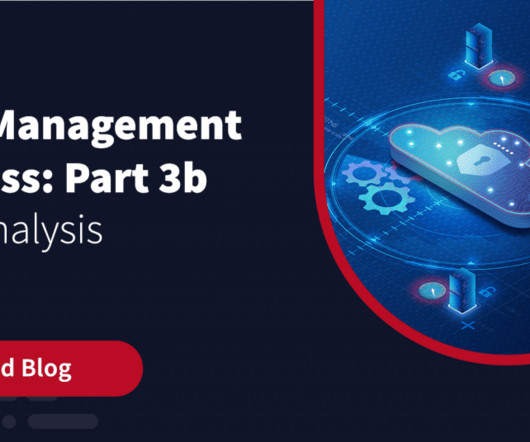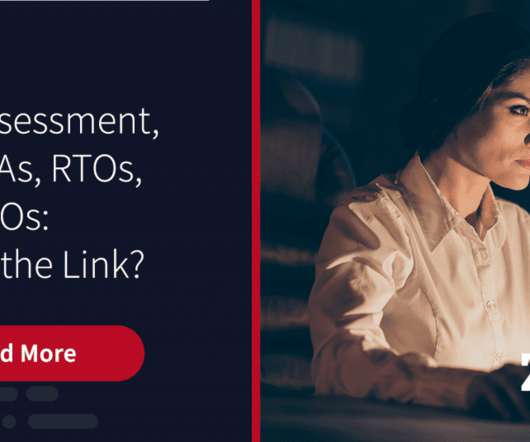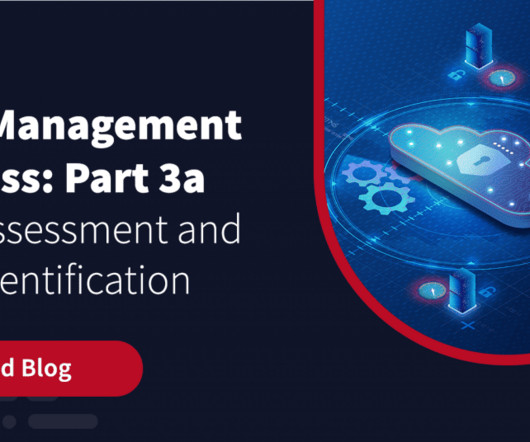Risk Assessment: 3 Key Starting Points for Effective Business Impact Analysis
Zerto
FEBRUARY 22, 2022
A business impact analysis then predicts the potential disruption from each type of risk to your continued ability to do business. I want to discuss the three key areas of risk from an IT perspective that all leaders should be assessing and managing in their business impact analysis plan. Business Impact Analysis.

























Let's personalize your content